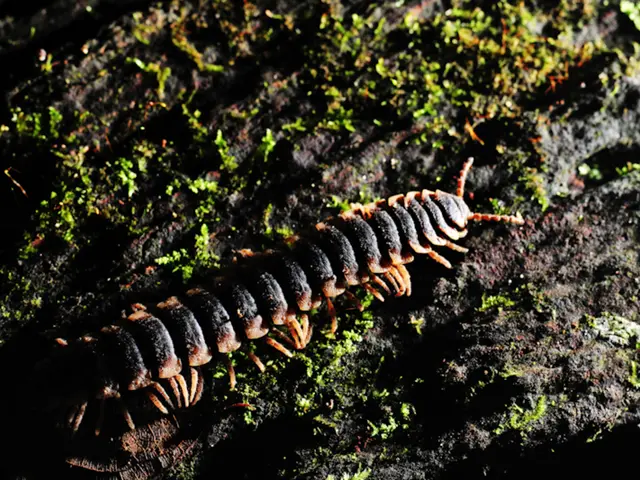MRSA Occurrence: Methods of Spread, Mitigation Strategies, and Further Insights
Methicillin-Resistant Staphylococcus Aureus (MRSA) Colonization Explained
Methicillin-resistant Staphylococcus aureus, or MRSA, refers to the presence of bacteria resistant to a number of antibiotics on or within the body. Unlike an active infection, colonization does not typically produce symptoms in individuals.
MRSA bacteria often dwell in moist areas of the body, such as the nose, throat, groin, armpits, skin folds, and perineal area. While it may not trigger noticeable symptoms, MRSA colonization can pose a concern for healthcare professionals due to its contagious nature. Individuals who carry MRSA can unknowingly spread the bacteria to others, particularly in healthcare settings, potentially leading to infections.
On the other hand, MRSA infections are harmful due to the drug-resistant strain of Staphylococcus aureus that causes it. This resistance impedes treatment, making it more challenging and potentially riskier, especially for vulnerable individuals.
The spread of MRSA can occur through close contact with infected or colonized individuals, sharing contaminated equipment or supplies, environmental contamination of household surfaces, and other means.
In some cases, colonization can progress to infection, particularly when the immune system is compromised or skin wounds are present. In these instances, maintaining good hygiene is crucial, as it can diminish the likelihood of MRSA colonization and subsequent infection. Recommended practices include frequent handwashing and showers with antiseptic soap, keeping wounds clean, avoiding sharing personal items, and properly washing and disinfecting clothing and household surfaces.
In medical settings, healthcare professionals may screen patients for MRSA, especially those scheduled for surgery. If colonization is detected, they may prescribe nasal creams or sprays, body wash, and shampoo to help minimize the presence of the bacteria. Treatment typically lasts approximately 5 to 10 days.
To identify possible signs of MRSA infection, individuals should look for symptoms such as pain, redness, pus, swelling, and a warm feeling in the affected area, particularly at sites with cuts or abrasions.
By adhering to hygiene guidelines at home and in medical settings, individuals can help reduce the risks associated with MRSA colonization and infection.
[Further information on MRSA]MRSA infections can vary in severity, with mild skin infections sometimes resolving spontaneously without treatment. However, severe infections or those involving deeper tissues typically require prompt treatment to minimize complications and promote recovery.
Long-term MRSA colonization can occur due to factors like compromised immune systems, the location of colonization on the body, and exposure to infection control measures. Proper hygiene practices and possible decolonization treatments may be necessary to ensure the reduction or elimination of MRSA carriage, especially in high-risk environments.
It's essential to consult healthcare professionals for specific guidance on managing MRSA colonization or infections.
- The drug-resistant bacteria Methicillin-Resistant Staphylococcus Aureus (MRSA), even during colonization, can pose a concern due to its infectious nature, potentially spreading to others, especially in healthcare settings.
- MRSA colonization can lead to the progression of medical-conditions, such as infections, particularly when immune systems are compromised or skin wounds are present.
- Good health-and-wellness practices, including frequent handwashing, maintaining skin care with antiseptic soap, and keeping wounds clean, can help diminish the likelihood of MRSA colonization and subsequent infection.
- Individuals with long-term MRSA colonization may require decolonization treatments and should consult healthcare professionals for specific guidance.








